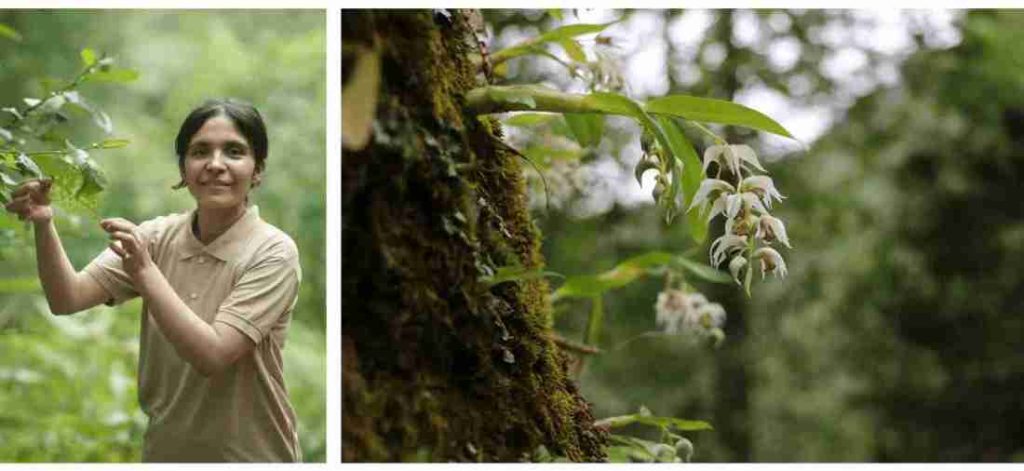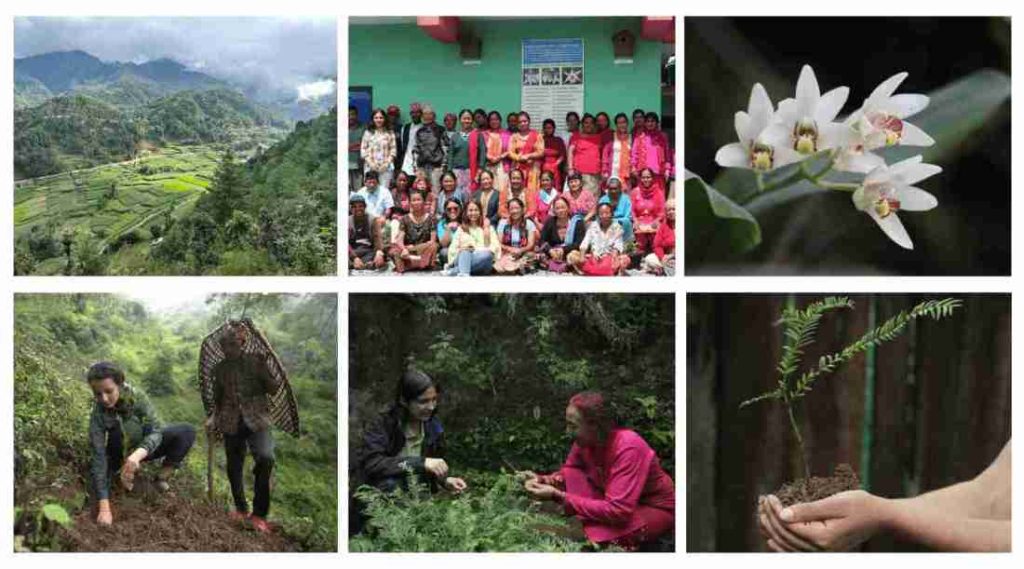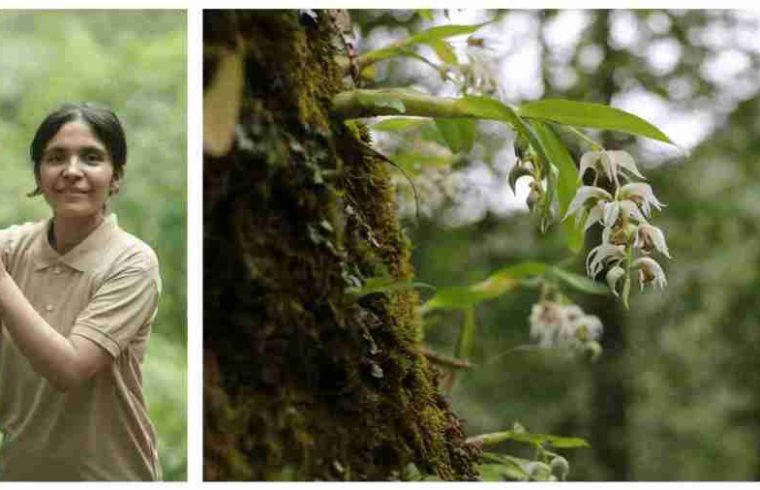“Orchids and yews are very special because they stand out as evolutionarily distinct plants that have lured people not just because of their beauty but also with their medicinal values.”

London — UK charity, the Whitley Fund for Nature (WFN), is recognizing Nepal’s Reshu Bashyal with a 2025 Whitley Award for addressing the illegal trade in orchids and yews in the country, which has been driven by soaring international demand for their medicinal and ornamental properties.
China and India are the key drivers in the market for the biomedically important yews and orchids in Nepal. More than 90 percent of all medicinal plants harvested are sourced in the wild, leaving some species facing extinction threats.
Orchids and yews are used in both Western and Eastern medicine. Yew leaves are used in Taxol or paclitaxel, a compound pivotal in cancer treatment. Orchids are used in Ayurvedic Medicine, Traditional Tibetan Medicine (TTM), and Traditional Chinese Medicine (TCM), and as ornamental plants.
Charity Patron, HRH The Princess Royal presented the Whitley Award on 30 April at the Royal Geographical Society.
Reshu, the research and program lead at Kathmandu-based NGO Greenhood Nepal, aims to shape a policy around plant conservation and sustainability, including the “tigers of the plant world,” orchids and yews. This will include planting thousands of trees to promote long-term sustainable harvest.

According to official estimates, Nepal has as few as 500 mature Maire’s Yews remaining in the wild from widespread poaching. Traditionally, local populations have collected plants for their medicinal and aesthetic qualities.
Reshu was one of the first to demonstrate the scale of commercial harvesting, leading the country’s baseline research on medicinal orchids, in which she persuaded harvesters to self-report on their collection of several thousand orchids. She also interviewed and interacted with hundreds of yew harvesters to understand their motivations and harvest techniques.
All species of orchids and yews in Nepal are protected by national legislation and, except for two orchid species, are listed under the Convention on International Trade of Endangered Species of Wild Fauna and Flora (CITES Appendix II).
With her Whitley Award funding, Reshu will focus on five community forests in Makwanpur district, a key habitat for Maire’s Yew (T. mairei). Located in the mid-hills of Central Nepal, 75 km from Kathmandu and partially within Chitwan National Park, Makwanpur is a hotspot for yews and orchids. About 250 individual wild mature Maire’s Yew trees are found there. Around one hundred species of medicinal orchids grow in the area – about one-fifth of the country’s total.
Reshu’s team at Greenhood Nepal will restore at least 1,000 hectares of core wild and medicinal orchid habitat and plant 5,000 Maire’s Yew at the project site for cultivation. They will also create a 100-hectare community forest to promote as a model to demonstrate best practices and for long-term monitoring. Nepal has a successful track record of community forest management: communities manage 40 percent of Nepal’s forests and play a crucial role in the country’s reforestation program.
Yews and orchids are culturally significant to traditional communities in Makwanpur. Yews are named after a god, Machchendranath, and offered to the Indrayani Goddess. Reshu says that local people, who rely on subsistence agriculture, have not benefited from their trade. Yews have been used locally to treat wounds, and orchids are used for stomach aches, headaches, and fevers.
There is a legal export market in Nepal for the leaves of yew trees, which are cultivated in their thousands, specifically for trade. More than one hundred mature yews would be needed to produce the 10,000 kg of yew leaves to extract 1.5 kg to 2 kg of DAB-10, a white powder form that is exported legally from Nepal and used to prepare Taxol.
The compound is used globally to treat early-stage and advanced cancers such as breast, skin, and ovarian cancers. While all species of yews can be used to produce the end product, Maire’s Yew is considered to produce the best quality.
Reshu’s plan to develop local community leadership will be key to reducing poaching, restoring habitat, and raising awareness of the value of medicinal plants.
Reshu’s team has a long-term plan to work with the Division Forest Offices to formalize the “community taskforces” into Community-Based Anti-poaching Units, which have been instrumental in protecting Nepal’s famous charismatic species, which include rhinos and tigers.
Globally, 38 percent of the world’s trees are at risk of extinction, according to the IUCN’s first global tree assessment last year. Loss of trees is a major threat to thousands of other plants, fungi, and animals. One yew, for example, can support hundreds of orchids. Yews can live more than 1,000 years, and orchids can live for 20 years.







